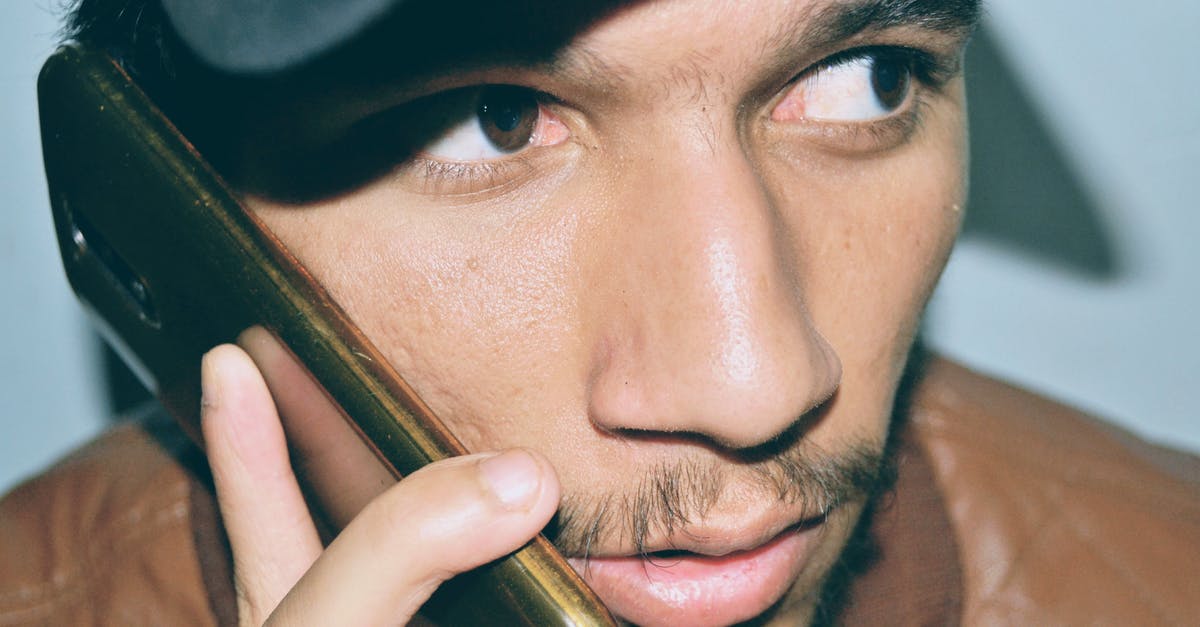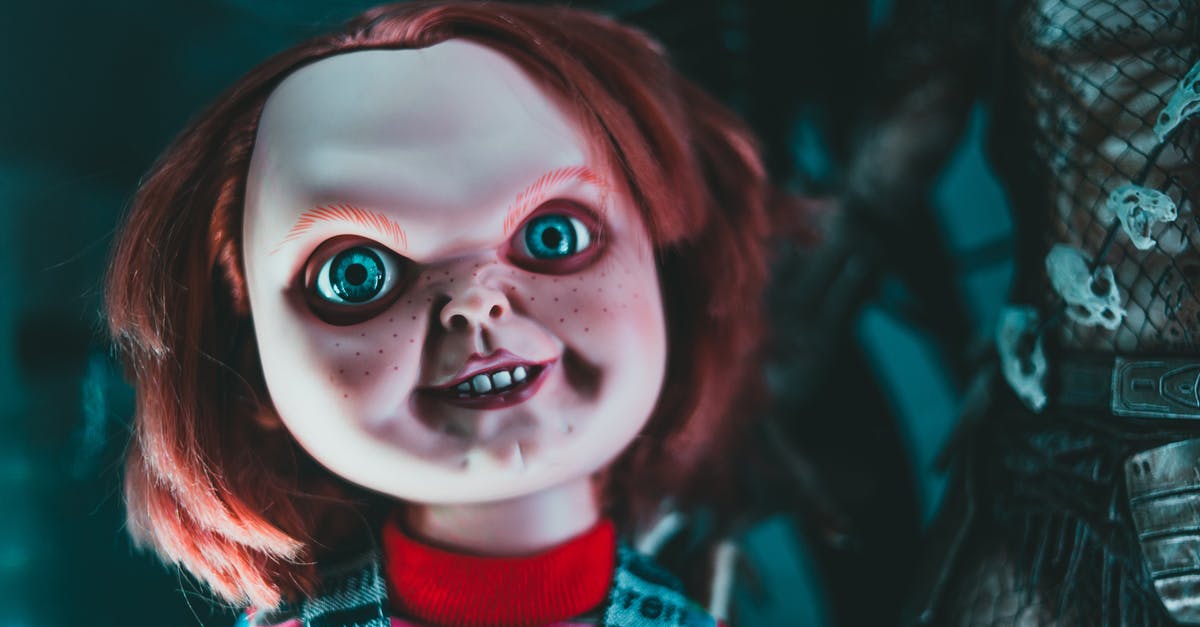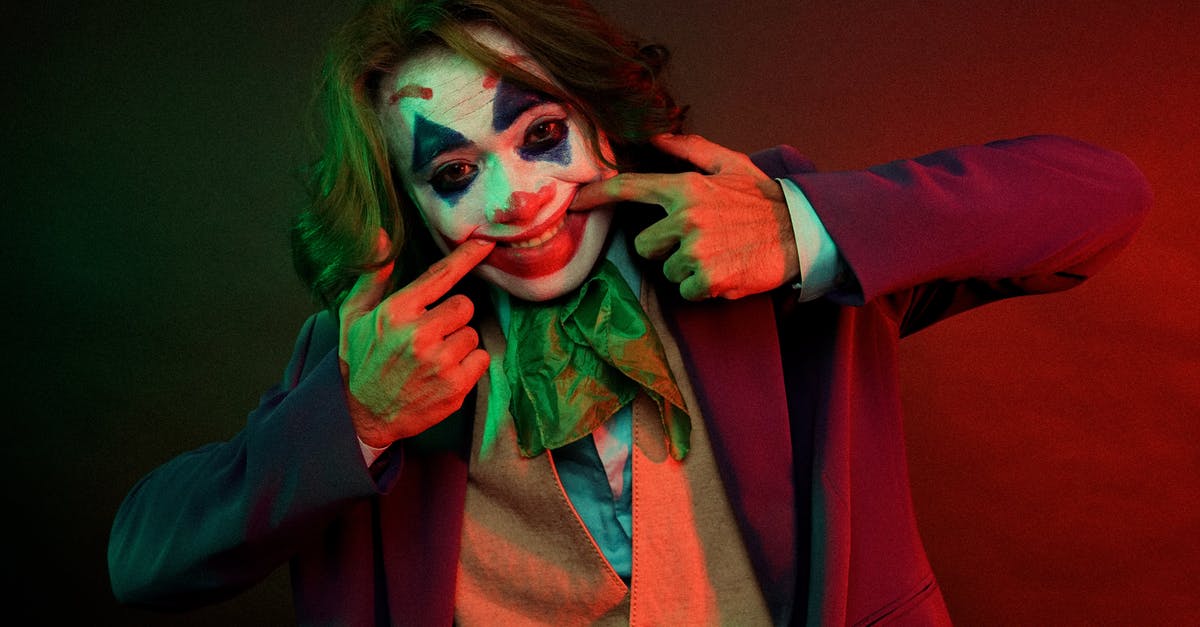Why were so many character names changed in the 1974 Murder on the Orient Express?

In the 1974 version of Murder on the Orient Express, there were a number of character renames from the book:
- Ratchett's valet: Masterman -> Beddoes
- The dead maid: Susanne -> Paulette
- Helena Goldenberg -> Helena Grünwald
- Antonio Foscarelli -> Gino Foscarelli
- Caroline Martha Hubbard -> Harriet Belinda Hubbard
- The train line's Belgian/Flemish director, Monsieur Bou -> Italian director, Signor Bianchi
The only one I kind of understand is renaming Helena from Goldenberg to Grünwald because they invent the clue that Princess Dragomiroff says that Mrs. Armstrong's maiden name is "Greenwood", which in German is "Grünwald", thus tipping off Poiroit that she knew her real identity.
The others seem kind of nonsensical to me. Why were these names changed?
Best Answer
I don't have specific knowledge about the changes made in this movie, but I can say that for movies in general, one reason why names are changed on the shooting script is because the Studio's legal department has a veto over all aspects of the production, and can require a name change if there are potential legal problems in using a particular name.
In this case, if EMI's lawyers saw a potential problem over the use of any of the names in the book, the director would be contractually obligated to make the necessary changes.
This was a film made in 1974, from a book published in 1934. Character names that were not seen as a problem in 1934 by the author might easily have become problematical in the intervening 40 years.
And because it was an adaptation of a book, such changes stand out: on a normal picture it would not be at all obvious that a character's name had been changed since the initial draft of the screenplay, which would never be seen by anyone outside of the production.
Minor changes in other character names would be made at the discretion of the director, Sidney Lumet, or at the suggestion of the actor playing the part.
The director can have his own reasons for making changes. In this film, having seen it on tv many times (it's a popular Christmas favourite in the tv schedules in England), it's my personal opinion that the Belgian chef-de-train was made into an Italian because American actor Martin Balsam (1919-96) could not do a convincing Belgian accent -- partly perhaps because Poirot is Belgian too, so that on screen Balsam would be going head-to-head with Albert Finney as Poirot, and any shortcomings in Balsam's Belgian accent would thus be emphasised by the contrast with Finney's. Realising this difficulty, Balsam may have requested this change.
The director's motive for changing the name of the English valet Masterman to Beddoes is pretty obvious, since for American audiences he would have wanted an English valet to have an obviously English name. Masterman is too neutral, and might be from anywhere. To tie down the character as definitely English, in keeping with the performance he wanted from the actor, it makes sense to give the character a more suitable name.
Likewise with the French maidservant Paulette. To an English audience, there is nothing very French about the character's original name, Suzanne. So it needed to be changed, to give the character greater credibility with the audience.
For Caroline Martha Hubbard, perhaps there was some legal difficulty. But maybe the director simply disliked the name, Martha Hubbard, as sounding too much like ''old mother Hubbard''. There is no point giving a character a silly name, if you're not making a comedy. It hampers the character needlessly.
So if I'd been Sidney Lumet, making a big international picture, those are the changes I would have made, in addition to any problems raised by the lawyers. Albert Finney is still around, living quietly in retirement, so you can ask him what Lumet actually said.
Actually, I might have cast Peter Ustinov as Hercule Poirot, rather than Albert, but that's another story (a personal preference, in my opinion, based on the strength of Ustinov's performance in Death on the Nile, not any shortcoming on Finney's part).
Pictures about "Why were so many character names changed in the 1974 Murder on the Orient Express?"



Why is M Bouc on the Orient Express?
He is a "short, stout, elderly man", with hair that is "cut en brosse". Monsieur Bouc originally occupied Compartment No. 1 in the Istanbul-Calais coach on the Orient Express, but he later moved to the Athens-Paris coach so that Poirot could occupy the compartment in the Istanbul-Calais coach.How many versions of the Orient Express are there?
There have been multiple dramatic films about the train, but until now, we've only had four adaptations of Agatha Christie's 1934 detective novel Murder on the Orient Express, which was inspired by her trip aboard the luxury train in 1928.Why was Dr Constantine on the Orient Express?
Constantine is a Greek doctor traveling on the Orient Express, whose services are required to determine the nature of Mr. Ratchett's death.What does the countess say is the name of her governess as a child?
The countess, thinking of Debenham, told Poirot the name of her governess was Freebody. In London there is a store Debenham and Freebody\u2014it was the first name she thought of.Book vs. Movie: Murder on the Orient Express in Film \u0026 TV (1974, 2010, 2017)
Sources: Stack Exchange - This article follows the attribution requirements of Stack Exchange and is licensed under CC BY-SA 3.0.
Images: Enoch Patro, Erik Mclean, Meruyert Gonullu, Christian Diokno
